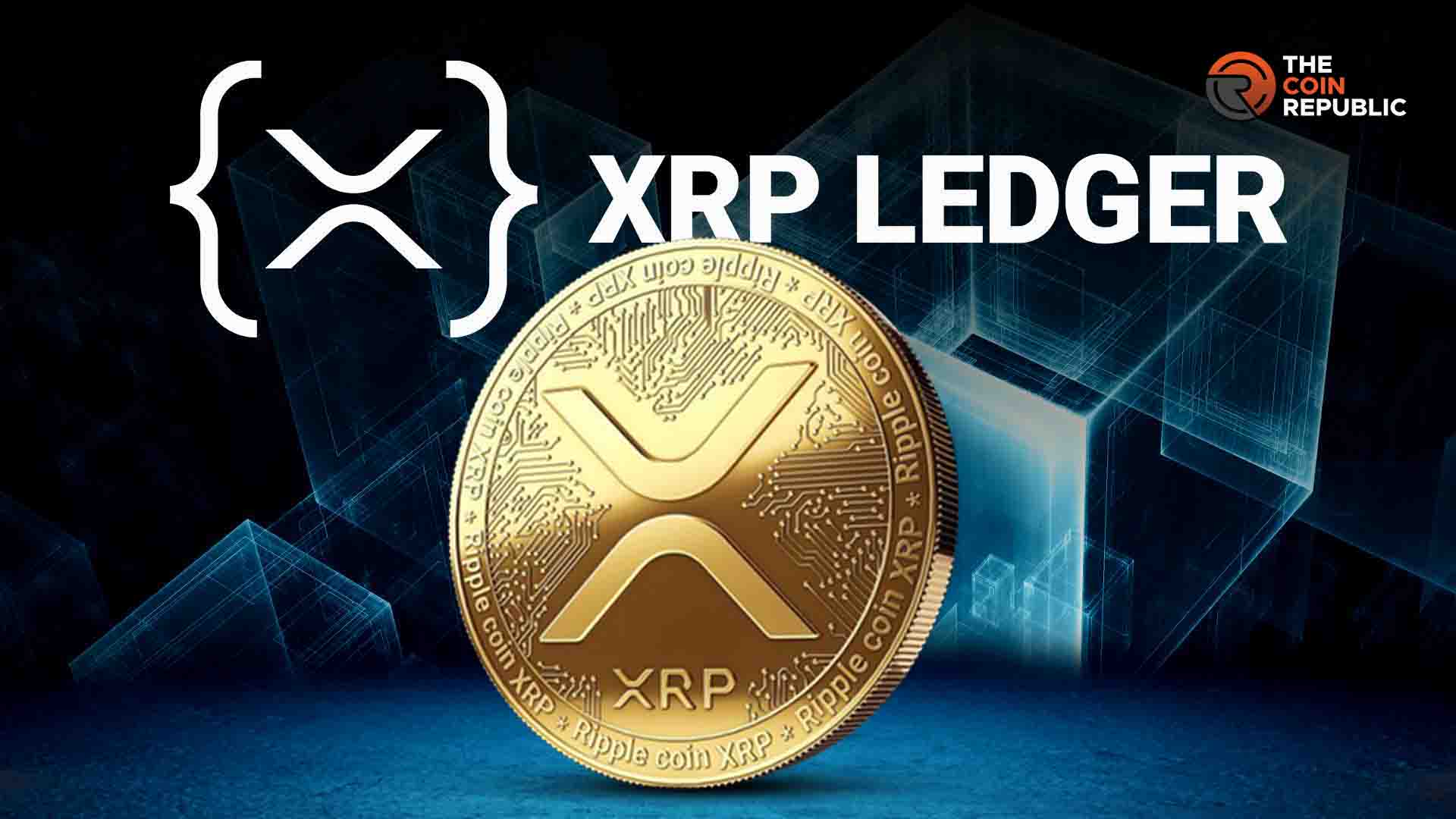XRP Devs Drop Game-Changer: New Metadata Standard Could Revolutionize XRPL Tokens
Ripple's engineering team just fired a shot across the crypto industry's bow—proposing a standardized metadata framework for the XRP Ledger that could finally bring order to the Wild West of tokenization.
Why This Matters
The XRPL's growing ecosystem of issued tokens has been operating like a digital gold rush—plenty of activity, but zero consistency in how projects define their assets. This proposal could be the sheriff the town needs.
Under the Hood
Developers want to implement a universal schema for token metadata—think verified issuer details, redemption terms, and regulatory classifications. No more guessing whether that 'XRP2025' token is a utility coin or someone's garage project.
Market Impact
While TradFi bankers still think metadata means spreadsheet footnotes, this move could give XRPL a leg up in the institutional adoption race. Finally—a blockchain that speaks compliance officers' language (while still bypassing their 3pm martini breaks).
One thing's certain: in a market where most 'standards' get ignored like SEC warnings, seeing XRP devs actually build infrastructure is refreshing. Even if it's about 5 years late to the party.

In recent Ripple news, developers have proposed a new metadata standard, which has the potential to alter the way tokens operate and are recognized on the XRP Ledger.
RippleX released the proposal, named XLS-0089d, that WOULD enhance the organization and visibility of tokens.
Ripple News: RippleX Introduces XLS-0089d
RippleX, the development arm focused on advancing the XRP Ledger, published a draft standard known as XLS-0089d.
The goal of this proposal was to bring a structured format to token metadata on the XRPL, particularly for multipurpose tokens (MPTs).
Metadata on these tokens is a way to attach useful information such as token names, descriptions, and issuing entities.
The standard defines a 1024-byte metadata field per token and introduces a standardized schema.
This schema is intended to support token discoverability and machine-readable parsing by external services such as wallets, block explorers, and cross-chain applications.
Also, the schema aims to improve how tokens are displayed and recognized without forcing developers into inflexible formats.
Additionally, the XLS-0089d schema included a set of required metadata fields that provide Core identification elements.
These include ticker, a short uppercase alphanumeric code limited to six characters. It also included name and desc, which are UTF-8 strings used for display and description, and icon, an HTTPS URL pointing to a visual icon.
They also added an issuer_name field, which made the source of the token easier to identify by both users and systems.
Such structured fields provide consistency and allow greater sorting and comparison between tools.
Metadata to Include Optional Real-World Asset Context
Besides the required fields, XLS-0089d by RippleX also has optional fields, giving more detailed information.
These are particularly helpful in the context of real-world assets (RWAs) like tokenized equities, stablecoins, or treasury instruments.
Here, fields such as asset_class and asset_subclass can be used to determine whether a token belongs to other categories such as gaming, decentralized finance (DeFi), or RWAs.
Moreover, there were optional data structures where token issuers can add shaped data pertinent to their kind. Such as, RWAs can contain interest rates, maturity dates, or issuer type.
These fields offer more context for institutional users, explorers, and indexers seeking detailed insight into a token’s function and origin.
The schema can also be used to connect additional data through uniform resource identifiers (URIs).
This would allow more data to be kept off-ledger so that the 1024-byte metadata field does not limit what the identity of the token can include.
Standard is Backward-Compatible and Optional
More so, the first RippleX standard, the XLS-0089d, is backward-compatible and entirely optional. Parties issuing tokens on the XRP Ledger are not obliged to use the schema.
Any token that decides not to adhere will still operate on the XRPL as usual. It would keep the network stable and compatible.
With this opt-in scheme, wallets, indexers, and explorers can opt to handle tokens with different metadata values as they want.
These systems are not supposed to crash or produce errors, but just ignore nonstandard entries or revert to basic default displays.
XRP Price Action and Ecosystem Reaction
As this Ripple news broke, xrp price was trading above $3.40, marking a 6.7% increase over 24 hours.
The token’s price movement occurred in parallel with this metadata proposal. The increased attention on Ripple’s ecosystem following recent technical developments could be contributing to market interest.
Despite the proposed XLS-0089d still being reviewed, developers discussed the topic on GitHub and other technical groups.
Remarkably, RippleX made it clear that the goal of the standard was to make the ecosystem more usable. It was not to have a strict set of restrictions.

